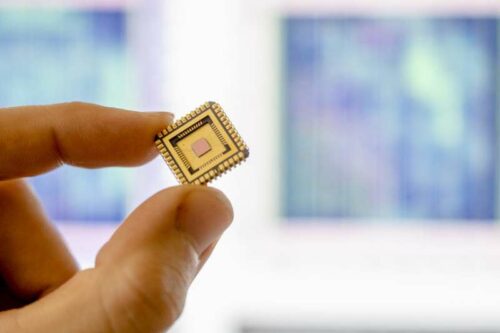Researchers have developed a way to detect hardware trojans and manipulation and ensure better hardware security.

Security gaps exist not only in software, but also directly in hardware. Attackers might deliberately have them built in in order to attack technical applications on a large scale and therefore have the ability not only to manipulate software, but also to tamper with the hardware.
Researchers at Ruhr University Bochum, Germany, and the Max Planck Institute for Security and Privacy (MPI-SP) in Bochum are exploring methods of detecting such so-called hardware Trojans. They compared construction plans for chips with electron microscope images of real chips and had an algorithm search for differences and they detected deviations in 37 out of 40 cases.
Researchers analyzed chips produced in the four modern technology sizes of 28, 40, 65 and 90 nanometers. Researchers had both design files as well a the manufactured product to look into and as they couldn’t modify due to build in hardware Trojans, they employed a trick. Rather than manipulating the chips, researchers changed designs retroactively in order to create minimal deviations between the construction plans and the chips. Then, they tested if they could detect these changes without knowing what exactly they had to look for and where.
In the first step, researchers had to prepare the chips using complex chemical and mechanical methods in order to take several thousand images of the lowest chip layers with a scanning electron microscope. These layers contain several hundred thousand of the so-called standard cells that carry out logical operations.
For chip sizes of 90, 65 and 40 nanometers, the team successfully identified all modifications. The number of false-positive results totaled 500, i.e. standard cells were flagged as having been modified, although they were in fact untouched. But for 28 nanometers size, the comparison of design and product became a challenge as every little impurity on the chip could block a whole row of standard cells.
With more than 1.5 million standard cells examined, researchers believe this to be a very good rate. Although a better recording quality could remedy the problem of detection.
Reference : A real-world hardware trojan detection case study across four modern CMOS technology generations, Proceedings of the IEEE Symposium on Security and Privacy (2023), DOI: 10.1109/SP46215.2023.00044. www.computer.org/csdl/proceedi … 3600a763/1Js0DjYfVXG









